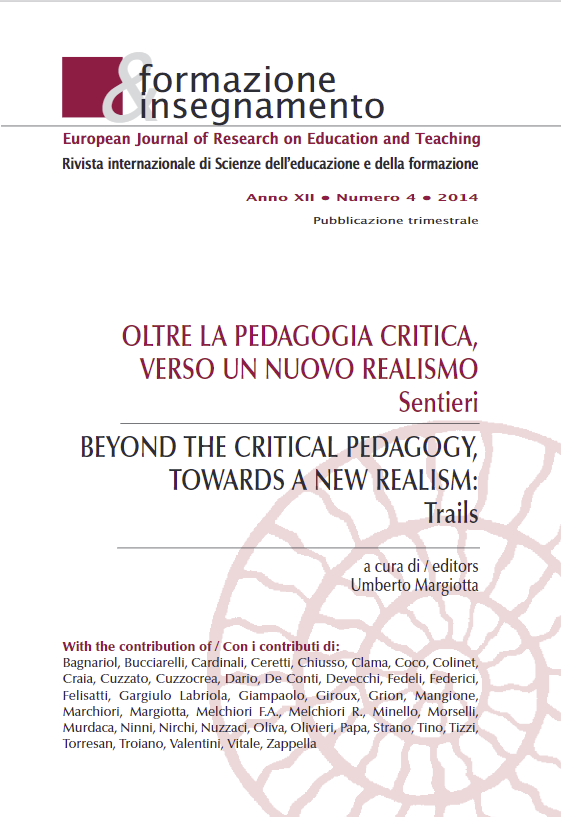Lexicography for the description and analysis of a linguistic corpus
Abstract
The desire to build a corpus in education stems from the urgency to digitally
make up for traditional paper-based tools. Fad or face-to-face classroom consultation for vocabulary or grammar activities can improve the educative action.
A culture could be accessed through its linguistic uses, such as grammatical
and lexical motives: for example, the frequency of a term. The willingness
of researchers to give a useful tool for the description, analysis and comparison
of written languages was implemented in the distant 1986 when, in
collaboration with M. Gross, it was understood that it was required to play on
the fixed aspect and non-compositionality of languages in order to effectively
carry on professional communications, with the addition of lexicographic
tools for the purpose of helping disability and providing sensory guidance.
This is how WorkTool was born, that is, a database approach designed to handle
lexicon building and to spot token forms in sign languages.
Downloads
Published
How to Cite
Issue
Section
License
Copyright (c) 2014 Ritamaria Bucciarelli

This work is licensed under a Creative Commons Attribution 4.0 International License.
Formazione & insegnamento is distributed under Attribution 4.0 International (CC BY 4.0).
For further details, please refer to our Repository & Archiving Policy, as well as our Copyright & Licensing Terms.





